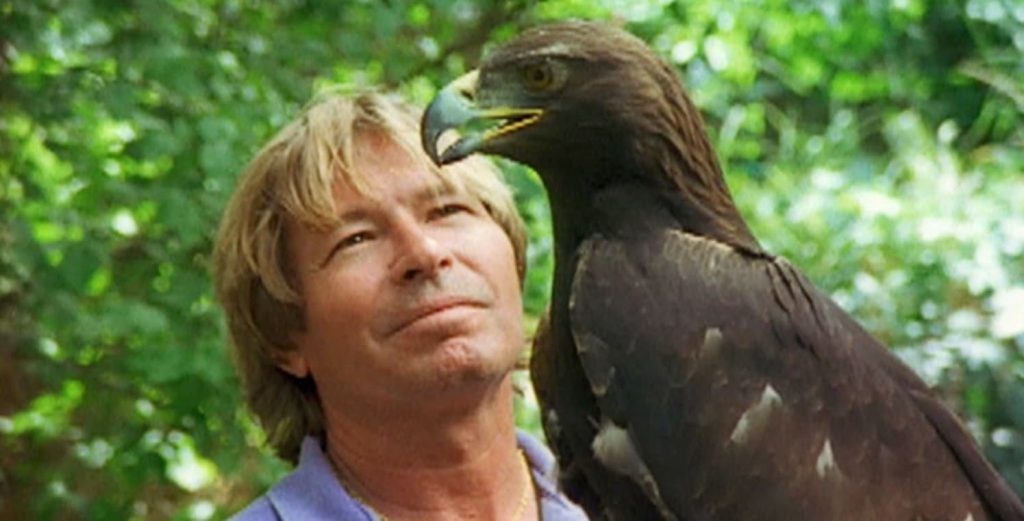
John Denver’s “The Eagle and the Hawk”: A Song of Freedom and Hope
Soaring through the vast expanse of American folk music, John Denver’s “The Eagle and the Hawk” stands as a timeless masterpiece, a poignant ballad that has captivated audiences for decades. Released in 1971 as part of the album Aerie, this powerful song has become an enduring symbol of freedom, resilience, and the indomitable spirit of the human soul.
Denver’s gentle yet evocative vocals paint a vivid picture of two majestic birds, the eagle and the hawk, each representing distinct aspects of the human experience. The eagle, with its lofty perch and piercing gaze, embodies the yearning for freedom and the pursuit of one’s dreams. In contrast, the hawk, with its sharp talons and predatory instincts, symbolizes the struggles and challenges that life inevitably brings.
The song’s lyrics masterfully intertwine the imagery of these two birds with themes of hope, perseverance, and the enduring power of nature. Denver sings, “I am the eagle, I live in high country / In rocky cathedrals that reach to the sky.” These lines evoke a sense of awe and wonder, painting a picture of the eagle soaring effortlessly through the heavens, unburdened by the constraints of the earth.
The hawk, on the other hand, represents the darker side of existence, the obstacles and adversaries that we must face in our journey through life. Denver sings, “I am the hawk, and there’s blood on my feathers / But time is still turning, they soon will be dry.” These lyrics acknowledge the pain and suffering that we may encounter, yet they also offer a glimmer of hope, suggesting that even in the darkest of times, healing and renewal are possible.
The bridge of the song provides a powerful resolution, as the eagle and the hawk, two seemingly disparate creatures, are brought together in a message of unity and shared purpose. Denver sings, “And all who see me, and all who believe in me / Share in the freedom I feel when I fly.” This message of connection and shared experience transcends the boundaries of species, reminding us that we are all interconnected and that our individual struggles are part of a larger human tapestry.
“The Eagle and the Hawk” concludes with a call to action, urging us to embrace the freedom and hope that lie within us, to dance with the wind, sail over the canyons, and reach for the heavens. Denver’s final lines, “And hope for the future / And all that we can be and not what we are,” serve as a powerful reminder of our potential for growth and transformation.
John Denver’s “The Eagle and the Hawk” is more than just a song; it is an anthem for the human spirit, a testament to our ability to overcome adversity and soar to new heights. With its evocative lyrics, soaring melodies, and timeless message, this song continues to inspire and uplift listeners of all ages, reminding us that even in the face of challenges, we possess the strength and resilience to take flight and reach for our dreams.